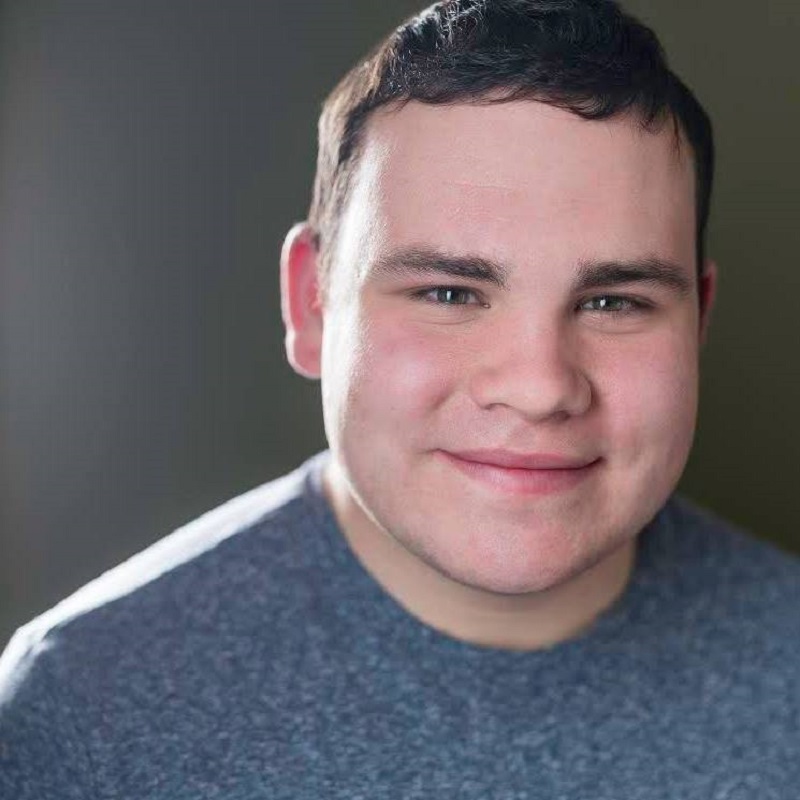Week one is officially in the books! If you have been following the blog you see that our campers are deep in the nitty gritty of rehearsal for their shows and loving it! But as we enter week two, I wanted to take a moment to reflect on all the non-rehearsal work our students are doing. All the workshops, classes, and lectures that inform and enhance the work that’s being done in rehearsal.
I am someone who strongly believes in the value of demystifying art making. I think the idea that making art requires you to tear your heart out and leave it on the stage is not only counter-productive but potentially dangerous. To me making art is like making furniture. There are stylistic and personal choices you can make, but at the end of the day one has to know the central mechanics of making furniture for it to work. It’s CRAFT. Art making has rules, and if you want to break them you better know them inside and out first.
This is why I am overcome with joy when our campers have their Monday afternoon classes. Our students take movement with Vanessa Morosco, where they learn why putting a character in a certain part of their body changes the story they are telling. They take voice with David Anthony Lewis, where they learn how to make sustainable vocal choices that can last them throughout an entire rehearsal process and beyond. And they take acting with Brandon Carter, where they learn how to use objectives and actions to navigate a scene (there’s a reason it’s called “acting”). What I love about these classes is that they all provide practical tools that anybody can use. Anybody can put in the work to learn these things and apply them in their rehearsal rooms. And I already see many of the students doing this.
But it’s not just the work that’s been demystified, it’s theater as a whole too. For example we had a blood workshop where the students learned how to make blood, store it on stage, and then pop it at just the right time. But more importantly they learned how to do these things in service of storytelling. What kind of violence does this story require? What choices do you have to make with this blood to tell the proper story? The blood isn’t a scary thing for the performer anymore, it’s a tool and a mechanic. It’s something one has to engage with on an artistic level. But you can only engage with it that way if you demystify it first.
Perhaps my favorite demystifying tool is when the students interact with Dr. Ralph Alan Cohen. Working with him is all about digging into your text. How does one scan a line of verse? What does that reveal about the story? What do we know about the character and their choices from the lines we read? This detective work, this nose to the grindstone reading of these plays, it’s essential to an actor. There’s nothing fancy about it. There’s nothing unattainable. It just takes some hard work. And I see it happening. I see our students putting in the work. I see an understanding that all of them have the tools to act. And I see their toolboxes growing deeper and deeper and fills me with joy.
I can’t wait for week two. I can’t wait for the hard work, the joy, the stories, and everything else that these students give.



